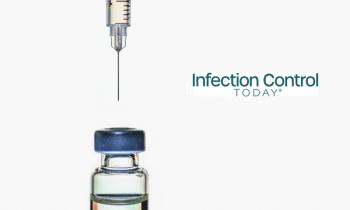
Investigators Say They’ve Found More Contagious Strain of SARS-CoV-2
Investigators say that they identified 14 mutations that affect the spikes on SARS-CoV-2.
The SARS-CoV-2 virus that causes COVID-19 can mutate into a more contagious strain, according to investigators with the Los Alamos National Laboratory. They published their
“When we embarked on our SARS-CoV-2 analysis pipeline, our motivation was to identify mutations that might be of potential concern in the SARS-CoV-2 Spike protein as an early warning system for consideration as vaccine studies progress; we did not anticipate such dramatic results so early in the pandemic,” they wrote.
Investigators say that the new appeared in February in Europe, then in the United States on the East Coast. They say that it has been the dominant strain across the world since mid-March. Investigators say that the new strain infected far more people than the earlier strains that came out of Wuhan, China. In some nations, it was the only prevalent strain. Investigators don't know why the new strain is more potent than its predecessors, but the fact that it is means it is more infectious.
Investigators that they identified 14 mutations that affect the spikes on SARS-CoV-2.
“The mutation Spike D614G is of urgent concern; it began spreading in Europe in early February, and when introduced to new regions it rapidly becomes the dominant form,” they wrote. “Also, we present evidence of recombination between locally circulating strains, indicative of multiple strain infections. These finding have important implications for SARS-CoV-2 transmission, pathogenesis and immune interventions.”
Newsletter
Stay prepared and protected with Infection Control Today's newsletter, delivering essential updates, best practices, and expert insights for infection preventionists.






